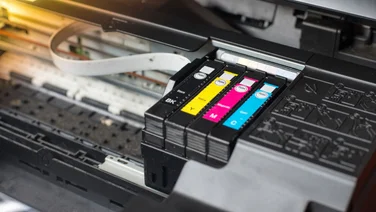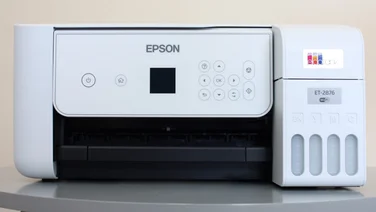To help us provide you with free impartial advice, we may earn a commission if you buy through links on our site. Learn more



Pantum is a new printer brand that’s focusing its attention at the lower end of the laser printer market. Although Pantum’s new, it’s owned by the large Chinese consumables manufacturer Seine Technology, so it isn’t a fly-by-night outfit.
At a glance, Pantum’s range of mono lasers seems comprehensive, but in essence there are only three models, each available with two or three finishes. The P2050 reviewed here is the black version of the mid-range model, rated at 20 pages per minute (ppm) and capable of a claimed 20,000-page maximum monthly duty cycle. P1000-series models have a slower 16ppm speed, while the P3000 series claims 30ppm and a 50,000-page duty cycle. There are no network models; all connect by USB only.
Unpacked, the P2050 is a compact and rather neat device, standing out from the box-like crowd with some pleasing curves around the front. It’s an unusually light printer, and its thin plastic construction soon becomes apparent. The cheap-feeling input tray is a simple fold-down device with no dust cover, and its paper guides feel recalcitrant and flimsy. The fold-up stop forming part of the 100-sheet output tray feels similarly flexible, while the consumable, which combines toner and drum in one unit, clatters into position.
It’s not the most encouraging first impression, but things soon begin to improve. Pantum’s software installer is refreshingly quick, and the driver utility it installs is simple to comprehend. All of the features we expect are present, including multiple-page printing and manual duplexing.

The Pantum P2050 is cheap to buy and cheap to run
Our first test print revealed the crisp black text we expect from a laser, but also that this isn’t the quietest printer. There was a dull drone from the page transport, and the paper-picking mechanism made an almighty clatter. Although this was tiring during prints, the Pantum P2050’s various motors and fans stopped within seconds and it quickly returned to silence for its standby mode, which used a continuous five watts of power; we couldn’t detect a lower-power sleep state.
The P2050 came reasonably close to Pantum’s claimed 20ppm speed, reaching 16.1ppm on mono text and, unusually, delivering greyscale graphics more quickly at 17.3ppm. Graphics, presentations and photographs were all very good for a budget mono laser, although they were spoiled slightly by some fine horizontal banding.
It’s common for cheap printers to have high running costs, but in this class the P2050’s 2.2p per page is not unreasonable. Combined with decent speed, looks and print quality, this makes it a good choice for less intensive use on a tight budget, provided you can live with its simplicity and a couple of rough edges.






